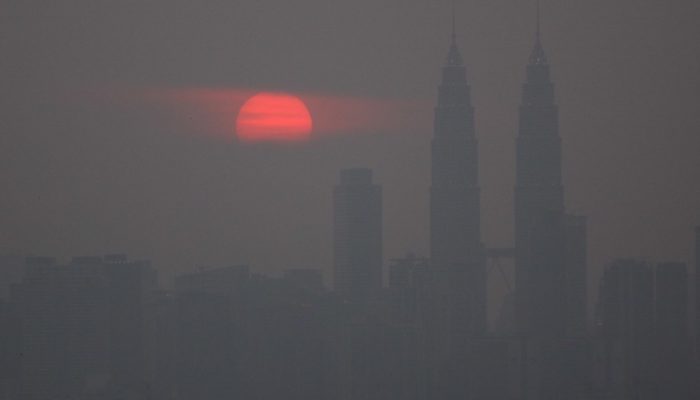
Around the world, societies have many different ways to define the seasons, but for most people a season is identified by a set of culturally specified events, such as the arrival of migratory birds, certain anticipated weather patterns, or a range of expected temperatures. Over recent years many studies have examined the various ways that anthropogenic climate change has affected the way that our seasons have been shifting, from the early blossoming of certain plants and flowers, the reduction of snowfall in mountainous areas, to changes in night-time temperatures, but what about not just changes in seasons, but the emergence of whole new seasons? And are the identification of new seasons created by anthropogenic effects on our planet an indication of just how bad things have gotten?
In a new study presented during the EGU22 General Assembly in May, Felicia Liu and her co-authors explained that in the study area of Indonesia and Malaysia, seasons are currently defined by significant phenomena that affect the resident population. These include dengue season, when dengue fever is at its peak, and durian season, when these delicious, if pungent, fruits ripen – ready for eating! In recent years however, researchers noticed the emergence of a new season in media and conversation: haze season.
“We use the seasons to make sense of the environment around us” said presenting author Felicia Liu, from Oxford University. “An increased social awareness and shared lived experience now indicates the definition of ‘haze’ as a season.”
Haze is a meteorological term commonly used for the presence of fine particles of dust, ash or other materials suspended in the air. These particles, less than two and a half microns in size (often called PM2.5), can originate from both artificial sources and natural sources, and are often categorised by meteorologists as air pollution, regardless of the source. Haze causes visibility issues and frequently a reddening of the sky as the fine particles clog the air and diffract the light, but its main impact on society is on the health of populations affected. In fact, since 2005 the burning of biomass and the creation of fine air pollution has been attributed to an extremely rapid rise in premature death in many cities across South-East Asia, long before the COVID-19 pandemic exacerbated the situation. Indonesia and Malaysia, like many other South-East and East Asian countries, have been experiencing more frequent and hazardous periods of haze in recent years, attributed mainly to peat burning – which has led to transboundary disputes between nations as the haze drifts across the region, affecting the health and wellbeing of millions of people.
In the study, the researchers identified that media outlets were discussing the hazard in one of two ways, either as just ‘haze’ or more specifically as the new ‘haze season’. Although the emergence of this new season could be seen as a negative thing – in that the phenomena is so regular and so widely recognised that it has come to define a cultural time period, the results of the study actually determined that identifying a ‘haze season’ introduced some benefits to the conversation. The researchers found that media sources talking about the ‘haze season’ were much more likely to focus on adaptive strategies that would help people impacted by the haze – such as the benefits of mask wearing, or highlight steps that could be taken to address the problem at the source, such as suggesting political action or discussing pollution standards.
One thing that this study highlights is clear – the time of the Anthropocene season is upon us, and far from turning away from the reality of our altered climate, we should look it square in the eye and use our awareness to mobilise our adaptive and mitigative abilities, to better protect ourselves and those around us.
View the presentation here.




